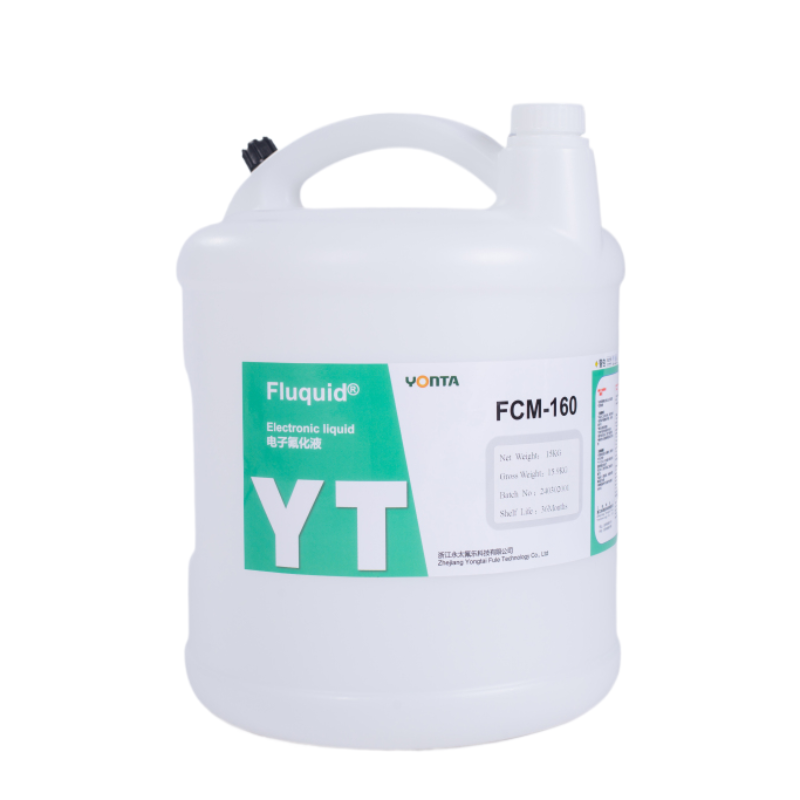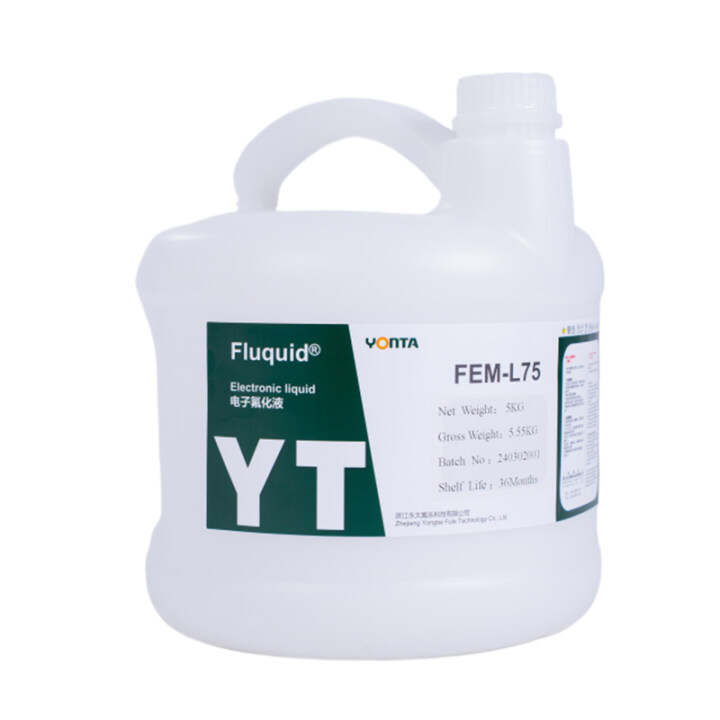Email format error
Email cannot be empty
Email already exists
6-20 characters(letters plus numbers only)
The password is inconsistent
Email format error
Email cannot be empty
Email does not exist
6-20 characters(letters plus numbers only)
The password is inconsistent


Understanding ODM Single-Phase Immersion Coolants: A Comprehensive Guide
In the ever-evolving world of manufacturing and engineering, the need for effective cooling solutions is paramount. Among these solutions, ODM single-phase immersion coolants stand out as a popular choice due to their efficiency and versatility. This blog post aims to explore the fundamentals, applications, benefits, and future trends of ODM single-phase immersion coolants, ensuring that you are well-informed about their significance in modern industrial processes.
What Are ODM Single-Phase Immersion Coolants?
ODM single-phase immersion coolants are specially formulated fluids used to absorb and transfer heat away from equipment during operation. These coolants are designed for immersion cooling systems, where components are submerged in a coolant to maintain optimal operating temperatures. This technology has gained traction in various industries, including electronics, automotive, and industrial machinery.
Characteristics of ODM Single-Phase Immersion Coolants
The effectiveness of ODM single-phase immersion coolants can be attributed to several key characteristics:
- Thermal Conductivity: These coolants exhibit high thermal conductivity, allowing them to efficiently transfer heat away from heated surfaces.
- Low Viscosity: The low viscosity of these fluids ensures that they can flow easily around components, providing consistent cooling without obstructing movement.
- Chemical Stability: The immersion coolants are formulated to be chemically stable, preventing degradation over time and ensuring a longer lifespan.
How Do ODM Single-Phase Immersion Coolants Work?
Understanding how ODM single-phase immersion coolants operate is crucial for realizing their benefits. Here’s a brief overview of the process:
1. Immersion Cooling Principle
In immersion cooling, equipment components are submerged in a coolant. The heat generated during operation is transferred to the coolant, which absorbs the heat and carries it away. This process maintains the temperature of the components within safe limits, preventing overheating and potential damage.
2. Heat Transfer Mechanism
The heat transfer mechanism involves conduction and convection. As components heat up, the coolant surrounding them absorbs the heat through conduction. The warm coolant then rises, creating convection currents that allow cooler fluid to take its place, ensuring uniform cooling throughout the system.
3. Return Cycle
After the coolant absorbs heat, it may be circulated through a heat exchanger or cooling unit, where it releases the absorbed heat before returning to the immersion chamber. This continuous cycle ensures efficient thermal management.
Applications of ODM Single-Phase Immersion Coolants
ODM single-phase immersion coolants are utilized across a wide range of industries. Here are some notable applications:
1. Electronics Cooling
In the electronics industry, effective cooling is critical for maintaining the performance and longevity of components. The immersion coolants are often used in data centers, server farms, and high-performance computing systems to keep CPUs, GPUs, and other components cool during operation.
2. Automotive Applications
The automotive sector employs the immersion coolants for cooling electric vehicle (EV) batteries and electric motors. By maintaining optimal temperatures, these coolants help improve battery efficiency and extend overall vehicle range.
3. Industrial Machinery
In manufacturing processes, machines generate significant heat. The immersion coolants are used to cool machine tools, motors, and other equipment, ensuring they operate within safe temperature ranges and enhancing overall productivity.
4. Renewable Energy Systems
In renewable energy applications, such as solar and wind power, the immersion coolants are utilized to cool inverters and other electronic components, maximizing efficiency and reliability.
Benefits of Using ODM Single-Phase Immersion Coolants
The adoption offers numerous advantages:
1. Enhanced Cooling Efficiency
One of the primary benefits of using these coolants is their ability to provide superior cooling efficiency compared to traditional air cooling methods. The direct contact between components and coolant ensures effective heat dissipation.
2. Reduced Footprint
Immersion cooling systems often require less space than traditional cooling setups. By submerging components directly in a coolant, companies can reduce the size and complexity of their cooling infrastructure.
3. Lower Energy Consumption
The immersion coolants can lead to reduced energy consumption in cooling systems. Their efficient heat transfer capabilities mean that less energy is needed to maintain optimal temperatures, resulting in lower operating costs.
4. Improved Reliability
By preventing overheating, the immersion coolants enhance the reliability and lifespan of equipment. This can lead to fewer maintenance issues and decreased downtime, which is crucial for maintaining productivity in industrial settings.
Challenges and Considerations
While ODM single-phase immersion coolants offer numerous advantages, there are also challenges and considerations to keep in mind:
1. Material Compatibility
Not all materials are compatible with immersion coolants. It is essential to ensure that the materials used in the equipment and the coolant are chemically compatible to avoid degradation or failure.
2. Initial Setup Costs
Implementing immersion cooling systems can require significant initial investment in terms of equipment and infrastructure. However, the long-term savings in energy costs and maintenance can offset these initial expenditures.
3. Regulatory Compliance
Depending on the application, there may be regulatory considerations regarding the use of specific coolants. It’s important to ensure that the chosen ODM single-phase immersion coolant meets industry regulations and safety standards.
Future Trends in ODM Single-Phase Immersion Coolants
The landscape of ODM single-phase immersion coolants is continually evolving. Here are some emerging trends:
1. Development of Eco-Friendly Coolants
As environmental concerns grow, there is a shift toward developing eco-friendly immersion coolants. Manufacturers are exploring biodegradable and non-toxic formulations that offer effective cooling while minimizing environmental impact.
2. Smart Cooling Technologies
The integration of smart technologies into cooling systems is becoming more prevalent. Sensors and IoT devices can monitor temperatures and coolant levels in real-time, optimizing cooling performance and energy efficiency.
3. Customization for Specific Applications
Manufacturers are increasingly offering tailored solutions for specific applications. Custom formulations can enhance performance and compatibility for diverse industries.

Conclusion
ODM single-phase immersion coolants represent a significant advancement in thermal management solutions, offering efficiency, reliability, and versatility across various industries. By understanding their characteristics, applications, and benefits, manufacturers can make informed decisions about integrating these coolants into their operations.
As technology continues to evolve, embracing innovations in cooling solutions will be essential for maintaining a competitive edge. Whether in electronics, automotive, industrial machinery, or renewable energy systems, ODM single-phase immersion coolants will play a crucial role in the future of efficient thermal management.
